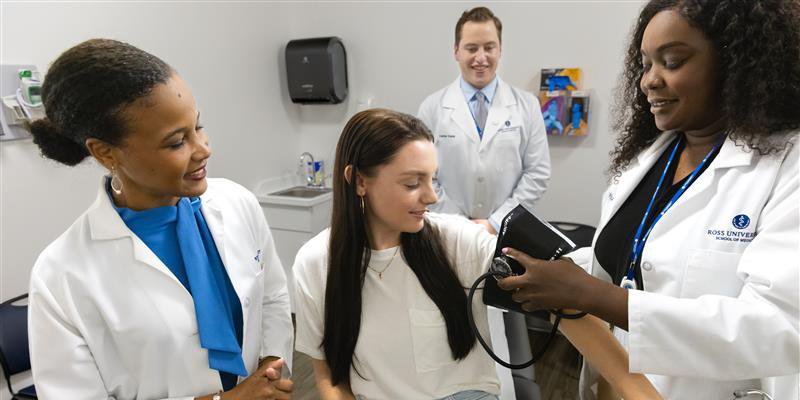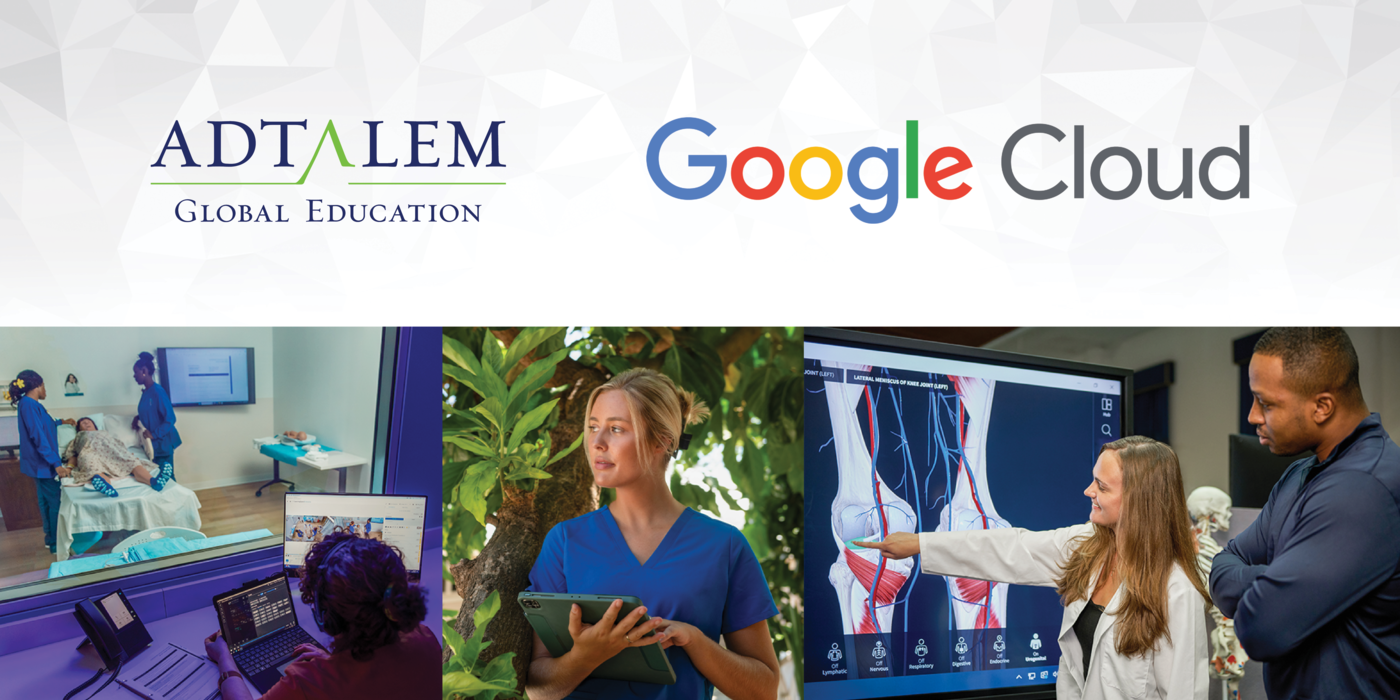By the year 2060, it’s projected that racial and ethnic minorities will make up 32% of the U.S. population. In other words, one in three Americans will identify in a group other than non-Hispanic White. Additionally, the Hispanic population is expected to nearly double in the next four decades. If these estimates prove accurate, the diversity of the nation will shift dramatically and the healthcare industry needs to be prepared to shift with it. This means eliminating disparities in medicine for those who identify as Latino, Hispanic, or who have ethnic heritage from one of the Spanish-speaking countries worldwide.
According to the most recent data (2019) provided by the American Association of Medical Colleges (AAMC), only 5.8% of active physicians identify as Hispanic which pales in comparison to the total U.S. Hispanic population of 18.7% from the 2020 Census. Looking ahead to the projected boom in the Hispanic/Latino population, this disparity will continue to widen if historical and current inequities are not addressed. Representation in healthcare matters at all levels, from policy makers to health leaders, physicians, nurses, educators, students and ultimately the patients they serve. Diverse representation leads to culturally competent healthcare systems that can meet the social, cultural and linguistic needs of their patients. It also leads to racial concordance, where patients experience better health outcomes when they are treated by a healthcare worker who shares their racial or ethnic background.
The key to creating culturally competent healthcare systems is to first have culturally competent healthcare education. For medical schools around the United States, the number of Hispanic applicants, matriculants and graduates are still lagging behind the amount needed to accurately represent (or go beyond) the U.S. Hispanic population. Against the backdrop of a U.S. population of 18.7%, only 11.6% of medical school applicants identified as Hispanic, Latino, or of Hispanic Origin in the 2021-2022 application cycle. Of the 2021-2022 matriculants to U.S med schools, only 12.7% identified as Hispanic or Latino. Finally, only 6.1% of U.S. medical school graduates in 2021-2022 identified as Hispanic or Latino.
The barriers to healthcare education and pursuing a career in medicine for those in the Hispanic and Latino communities are complex and systemic. The lack of appropriate pathways beginning in K-12 education and extending through undergraduate and professional schools can be identified as one cause. Social, economic and environmental systems that impact family life are another factor. The weight of employment demands over educational aspirations, social mobility and even a lack of trust for medicine and the healthcare industry also contribute to underrepresentation.
As dean of the American University of the Caribbean School of Medicine (AUC) and as a member of the Hispanic community myself, I take our commitment to creating an inclusive and culturally competent education environment personally. That’s why at AUC, we follow the Social Determinants of Learning™ Framework developed by our sister school Chamberlain University to address those complex barriers to medical school education and improve outcomes for our students in our curriculum. By using this actionable model, we’re able to address learning disparities and differing levels of medical school preparedness by taking into account the physical, psychosocial, environmental, economic, self-motivation and non-academic influences each student faces in their personal and professional lives.
As AUC is a member of the Adtalem Global Education family, we share the same goals to increase educational justice, create pathways to healthcare education and increase representation at all levels of the healthcare industry. As we hold fast to this commitment, I’m looking forward to the future as we continue to grow our inclusion initiatives and continuously evaluate our partnerships, admissions processes and curriculums to increase the Hispanic representation in our institution, and how these steps will impact the face of the future healthcare workforce.




